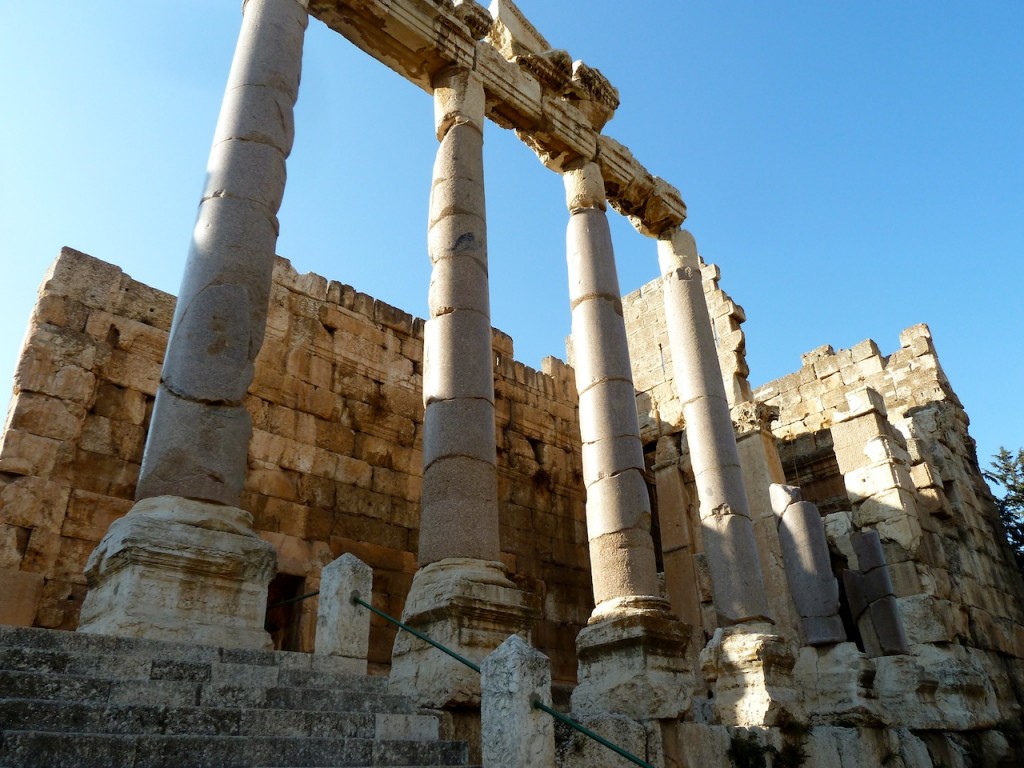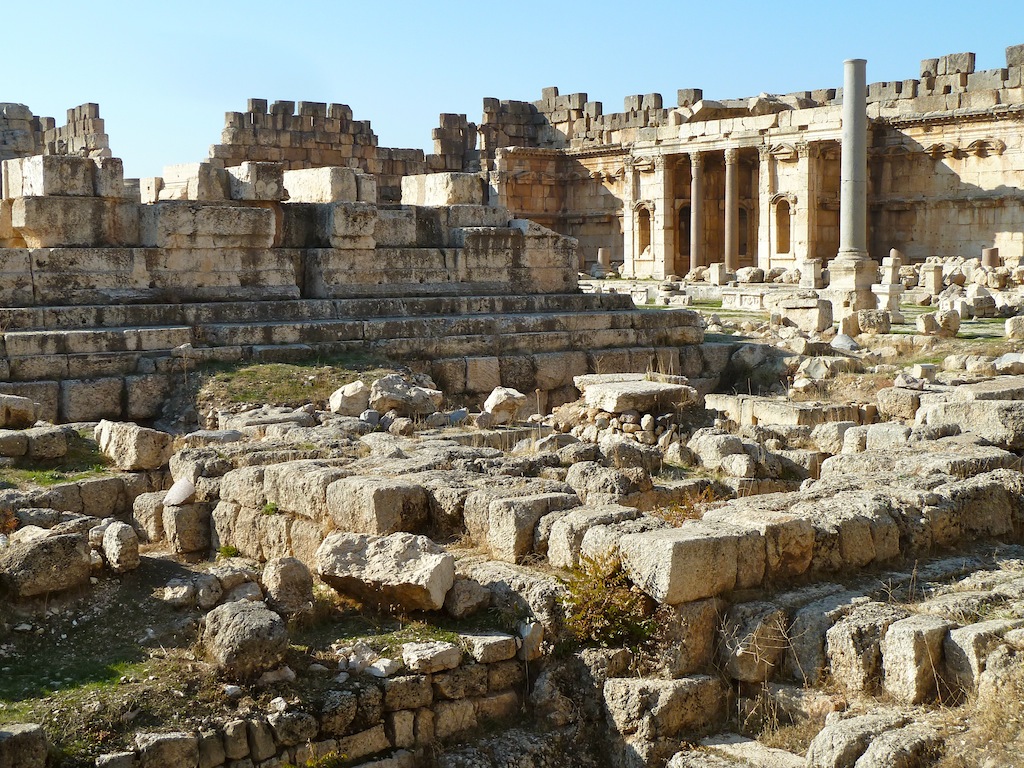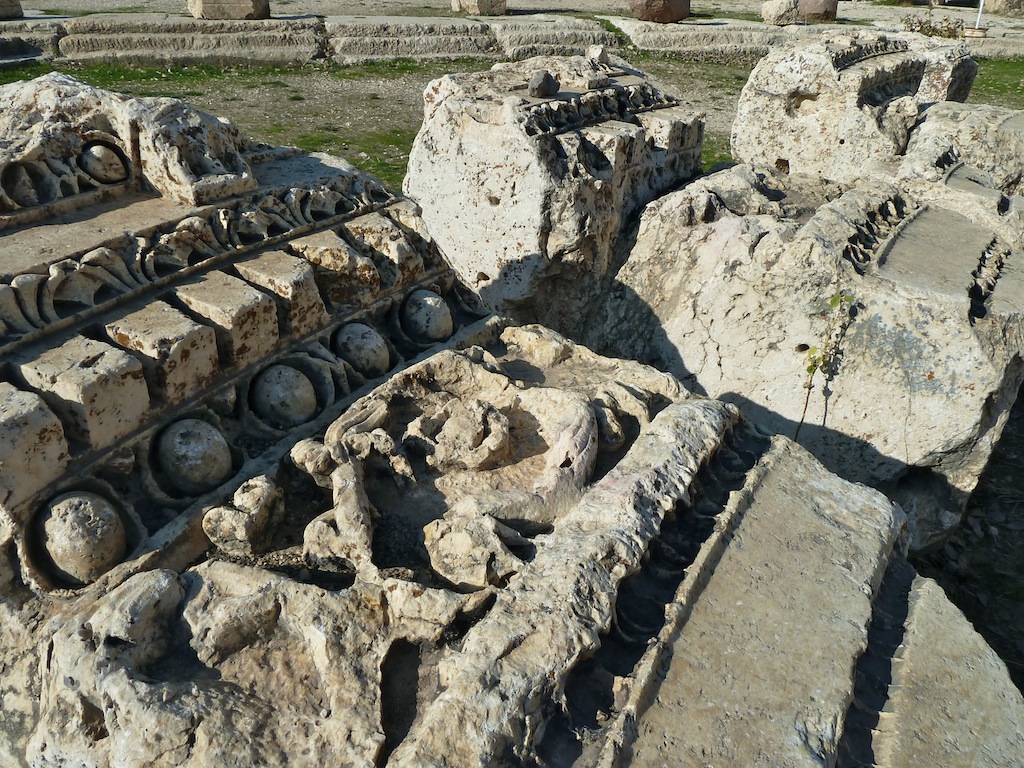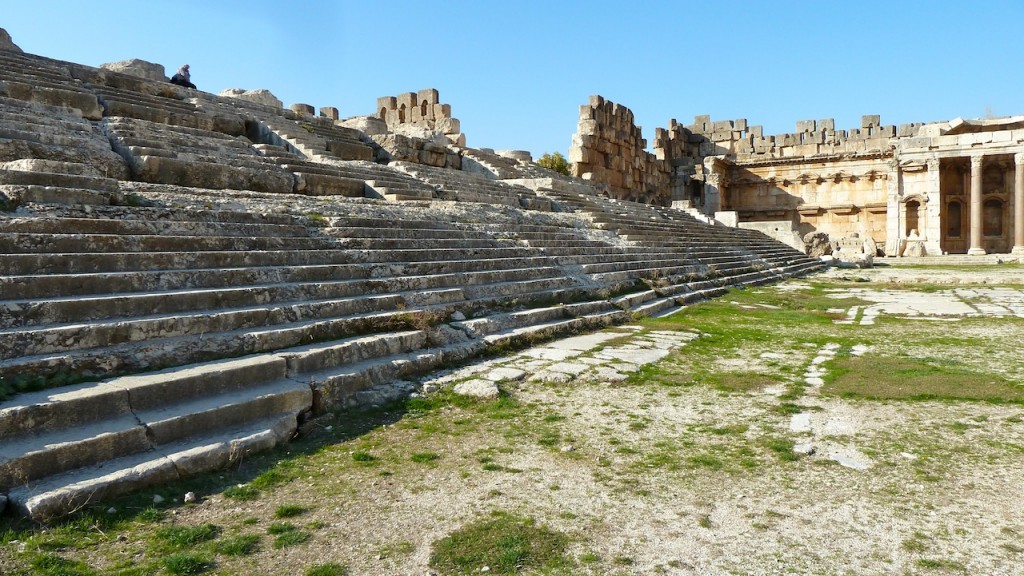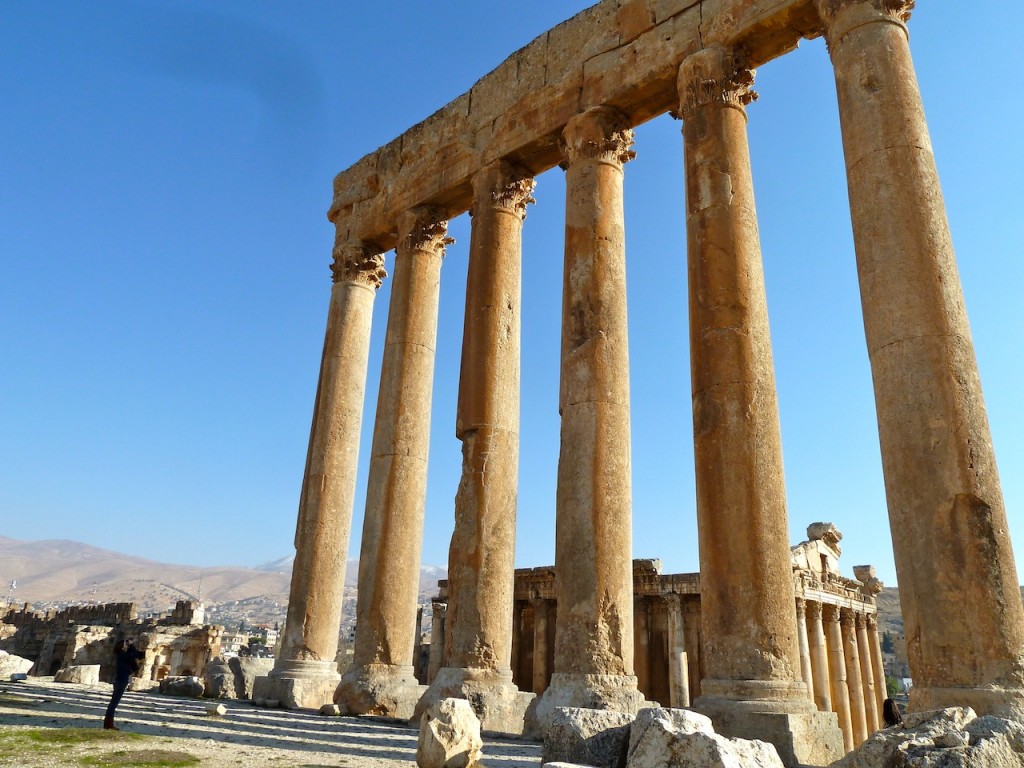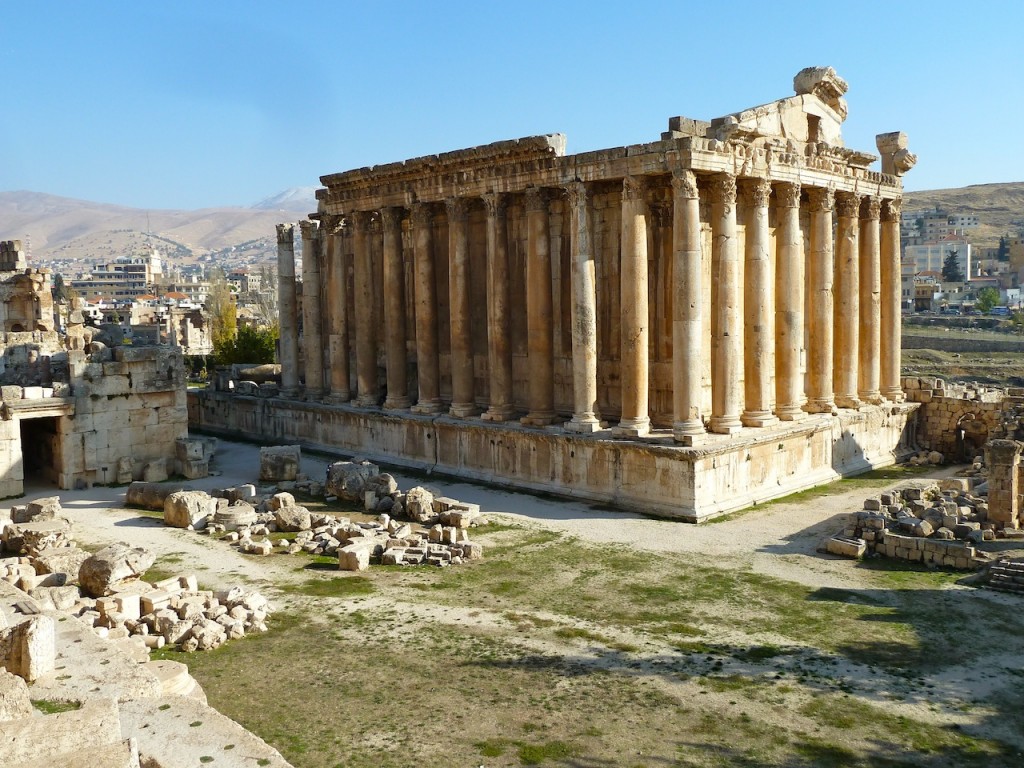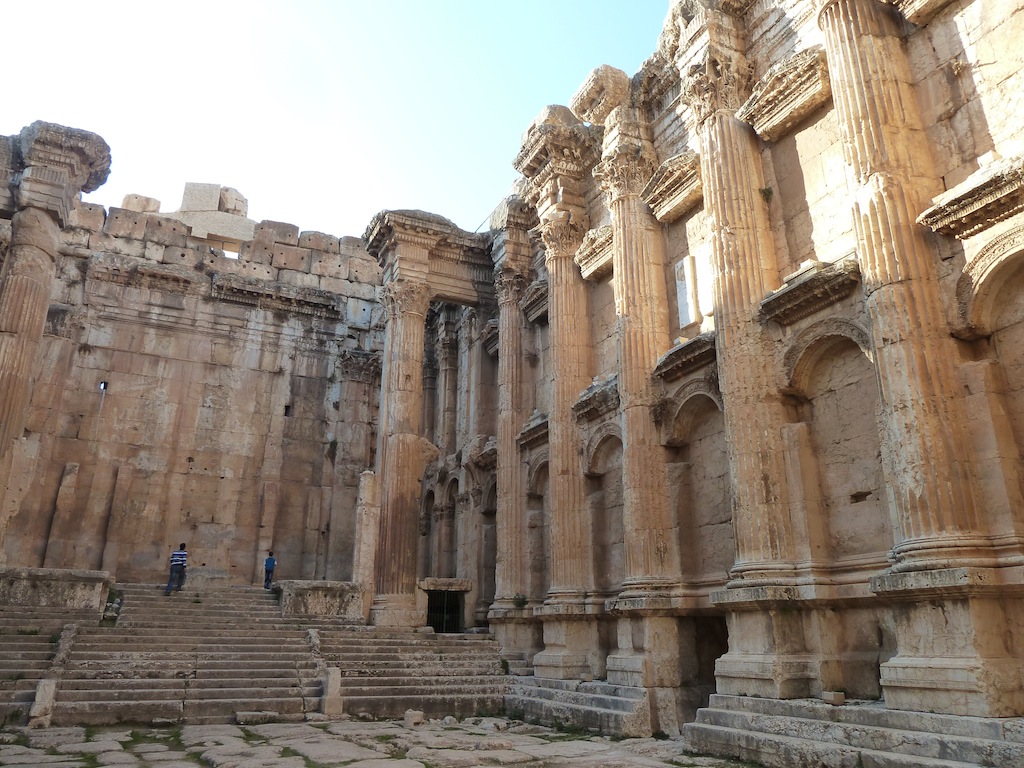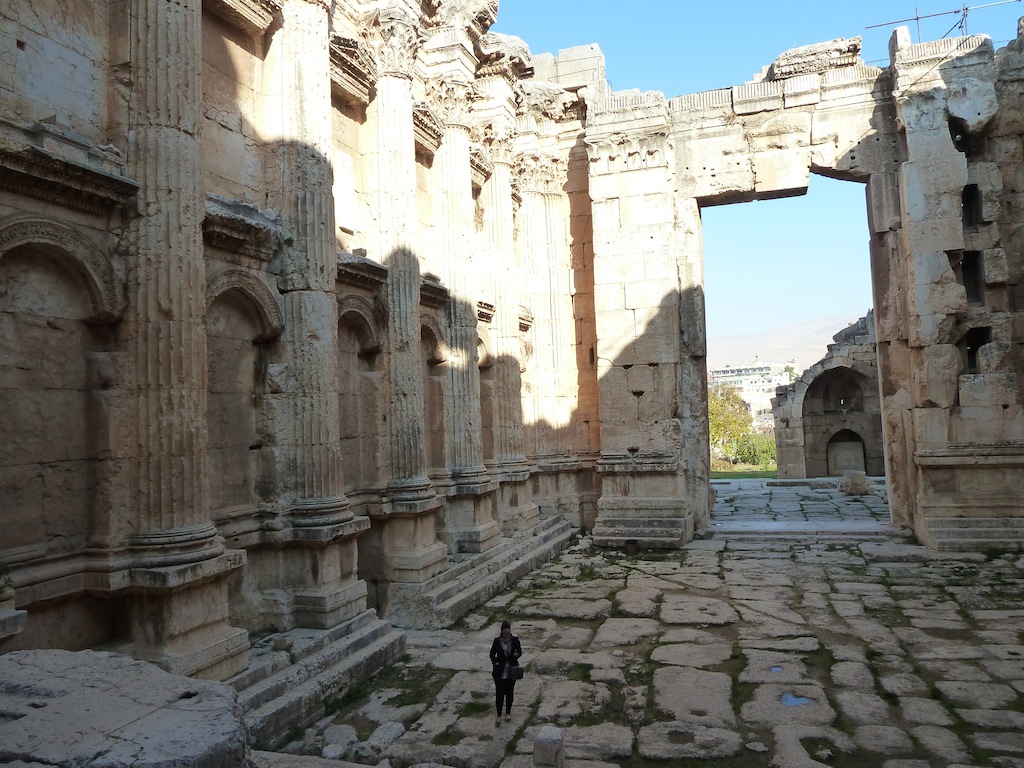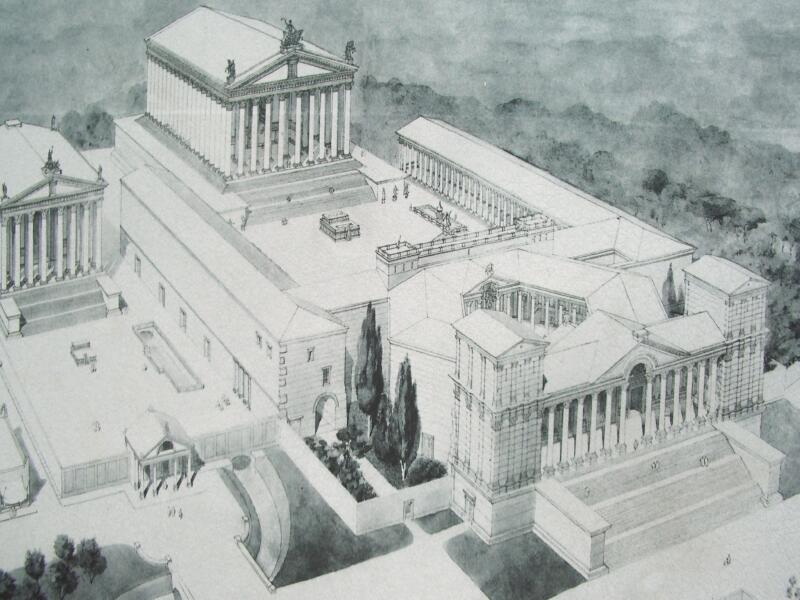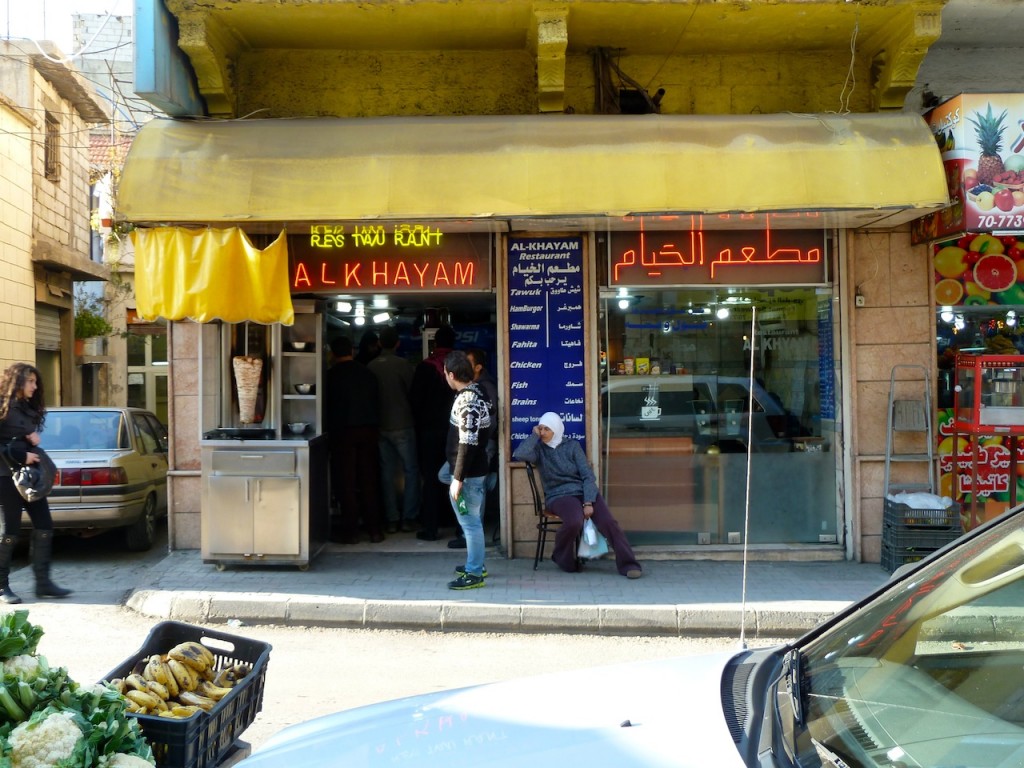Deep in the Bekaa Valley in north-east Lebanon near the Syrian border lies an example of Roman civilisation so well preserved that it’s hard to fathom how you haven’t heard about it before. It’s survived countless (including recent) wars and occupations to continue standing for nigh on 2000 years. Baalbek is Lebanon’s shining glory of Roman heritage and home to the best kept temples this side of the Colosseum.
On our recent trip to Beirut with bmi, we got the opportunity to drive 1.5 hours out of the city to survey this super impressive site of Roman ruins and as you ascend the steps and below the towering columns, the sheer size of this place starts to become apparent. The ruins of Heliopolis (as the Romans called it – Sun City) in Baalbek were the site of massive temples dedicated to the gods Jupiter and Bacchus and date back to the 2nd century AD.
Unlike a lot of other Roman ruins throughout Europe that are merely stones scattered about the place, you actually get a feel for how everything looked as you walk through the remains of the hexagonal forecourt that opens up into the Great Court, as seen below.
The Great Court is the wide open space in front of the Temple of Jupiter and is dotted with stones the size of telephone boxes etched with ancient swirling carvings and columns both upright and toppled. You make your way around and then up the wide, broken and uneven stone steps to ascend into the remains of the Temple of Jupiter.
It’s now that you survey the expansive foundation of what was the pinnacle of dedication to the god of Jupiter. The six Corinthian pillars still standing from the temple tower over you some 20 metres, and you can picture in your mind how they surrounded the temple, casting an imposing shadow over Heliopolis. Interesting fact, eight of these columns were disassembled in the 6th century and sent to Istanbul (then Constantinople) to build the Hagia Sophia. It always blows me away how far flung the Roman Empire was.
Peering out over the ledge between the columns, you get an eyeful of the surprising completeness of Jupiter’s neighbour, the Temple of Bacchus. Looking over at it and watching the other visitors gingerly navigate the outside of it makes you think “phwoar, how do we get over there I want to go traipsing around in THATÂ thing!”
I had seen my fair share of Roman ruins in London and a few in Beirut itself, but seeing something this big, intact, really got me excited. It was like everything you see in history books about Ancient Rome. It just blew me away how big it was and the superb condition it was in.
The sheer size of the temple floors you as your walk inside it. The walls are so exquisitely decorated and the tops of the pillars still retain ornate carvings etched by skilled artists thousands of years ago. This photo below gives you and idea of the scale of this temple.
An impression of the layout of Baalbek in Roman times – Temple of Bacchus on the left, Temple of Jupiter on the right. Image from Wikipedia
The ruins are well signposted in Baalbek and once you’ve been dropped off, avoid the hawkers selling Hezbollah t-shirts and pay your 12,000 LL entry to this UNESCO World Heritage Site.
The souks inside the town itself make for an interesting contrast after your hour or two inside the ruins, where you can find all manner of Lebanese souvenirs, jewellery, metalwork, ceramics and clothing. There’s no shortage of good little street-side shwarma places to satisfy the hunger you’ve worked up clambering over centuries old stones either.
Baalbek definitely doesn’t feel like Beirut, as this is a very different part of the country. It’s inland, close to Syria and smack-bang in the middle of where the Hezbollah have a strong following. However you’ll still find smiling faces and friendly local shopkeepers that can speak enough English to get you by – undoubtedly a common theme across Lebanon.
